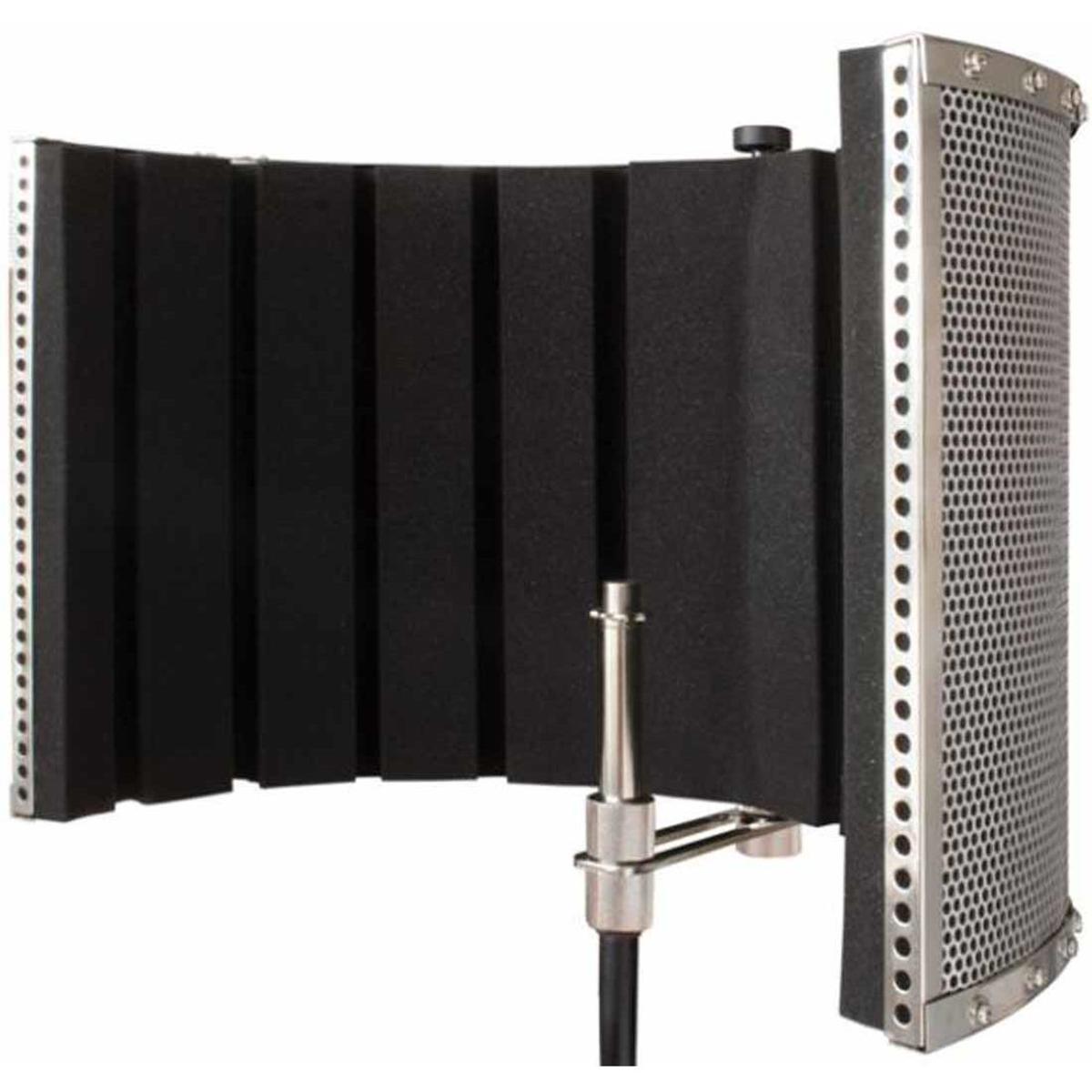MrDollinger
New member
Hi all,
Hopefully I'm asking in an appropriate area
I've been working on some test footage for a project, just to help set up audio and video processing chains and seeing what I need to do. I've managed to get some of the way there, but could possibly use some more experienced ears to get the best out of what I have.
The Equipment: I'm using an Android mobile for recording audio. I've got a Boya BY-A7H recording audio. The camera software I'm using has AGC disabled, because with it enabled, it would cut everything above about 10k and sound muffled and awful. (Note: I'm anticipating 'buy a better mic' coming up here and that may be a possibility in the future, it might not be now so I'm wanting to get the best out what I have already).
What I've done: I've used WA Production's Vocal Cleaner to get rid of some fan noise that was being picked up, trying to keep it to the minimum required to take out the noise. I've used an EQ to do a few cuts around 300-500hz to remove some boxiness, and done a small cut around 9200hz and up to get rid of some harshness I've then amplified the signal to bring it just shy of hitting the limiter I have on the output channel.
The issue: I still think the audio needs .... something. It seems to be in a way I can't put into words though. It may be that it's just I'm not used to the sound of my own voice so it could just be fine any I just have to get used to editing myself. I suspect some of it might boil down to mic choice given it's at the more 'budget friendly' end of the spectrum. But if there is something easy that I'm missing that could improve it, that would be great as even though I might be limited by the cheap mic, it would be still nice to get the best out of it.
I've uploaded a sample I've been working with here.
Don't mind the rather .... silly narrative. This was of course never intended for public consumption, it was just some random silliness to get my normal speaking voice and also a few weird sounds to try and capture variations in level in case I needed to work on compression. It was just the first thing that came to mind
Hopefully I'm asking in an appropriate area

I've been working on some test footage for a project, just to help set up audio and video processing chains and seeing what I need to do. I've managed to get some of the way there, but could possibly use some more experienced ears to get the best out of what I have.
The Equipment: I'm using an Android mobile for recording audio. I've got a Boya BY-A7H recording audio. The camera software I'm using has AGC disabled, because with it enabled, it would cut everything above about 10k and sound muffled and awful. (Note: I'm anticipating 'buy a better mic' coming up here and that may be a possibility in the future, it might not be now so I'm wanting to get the best out what I have already).
What I've done: I've used WA Production's Vocal Cleaner to get rid of some fan noise that was being picked up, trying to keep it to the minimum required to take out the noise. I've used an EQ to do a few cuts around 300-500hz to remove some boxiness, and done a small cut around 9200hz and up to get rid of some harshness I've then amplified the signal to bring it just shy of hitting the limiter I have on the output channel.
The issue: I still think the audio needs .... something. It seems to be in a way I can't put into words though. It may be that it's just I'm not used to the sound of my own voice so it could just be fine any I just have to get used to editing myself. I suspect some of it might boil down to mic choice given it's at the more 'budget friendly' end of the spectrum. But if there is something easy that I'm missing that could improve it, that would be great as even though I might be limited by the cheap mic, it would be still nice to get the best out of it.
I've uploaded a sample I've been working with here.
Don't mind the rather .... silly narrative. This was of course never intended for public consumption, it was just some random silliness to get my normal speaking voice and also a few weird sounds to try and capture variations in level in case I needed to work on compression. It was just the first thing that came to mind


